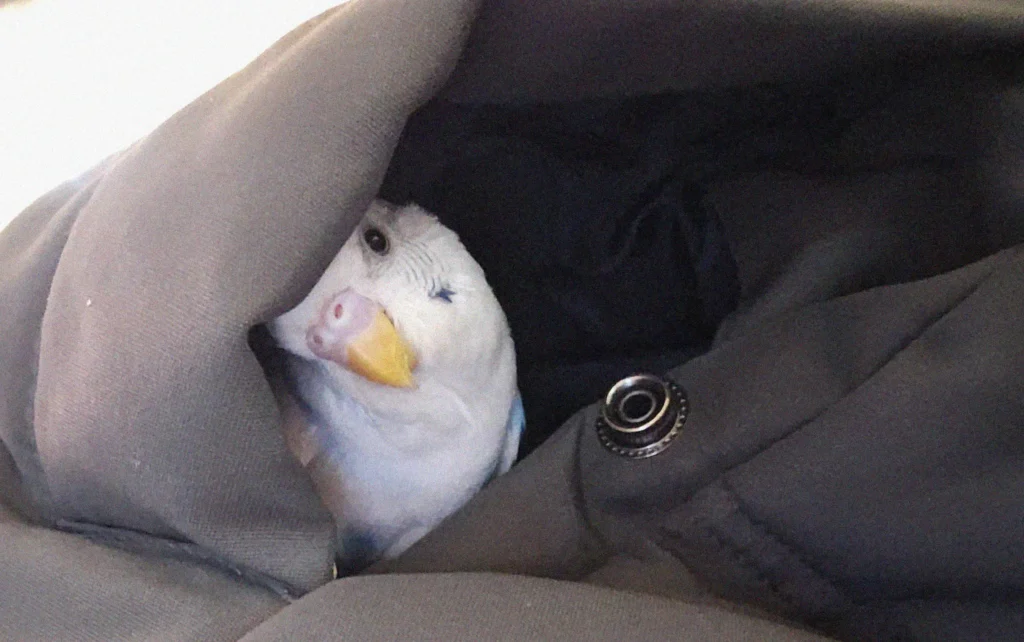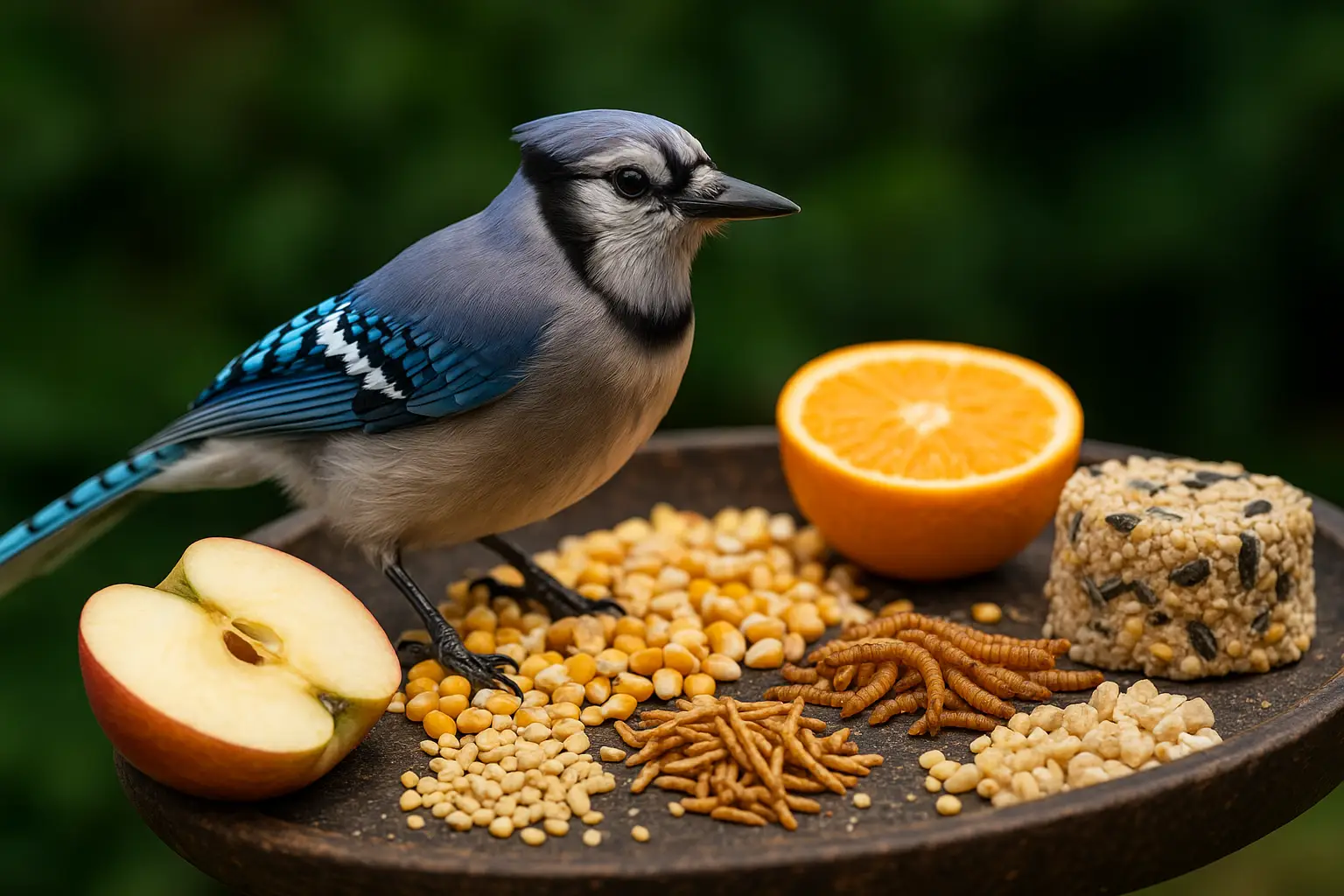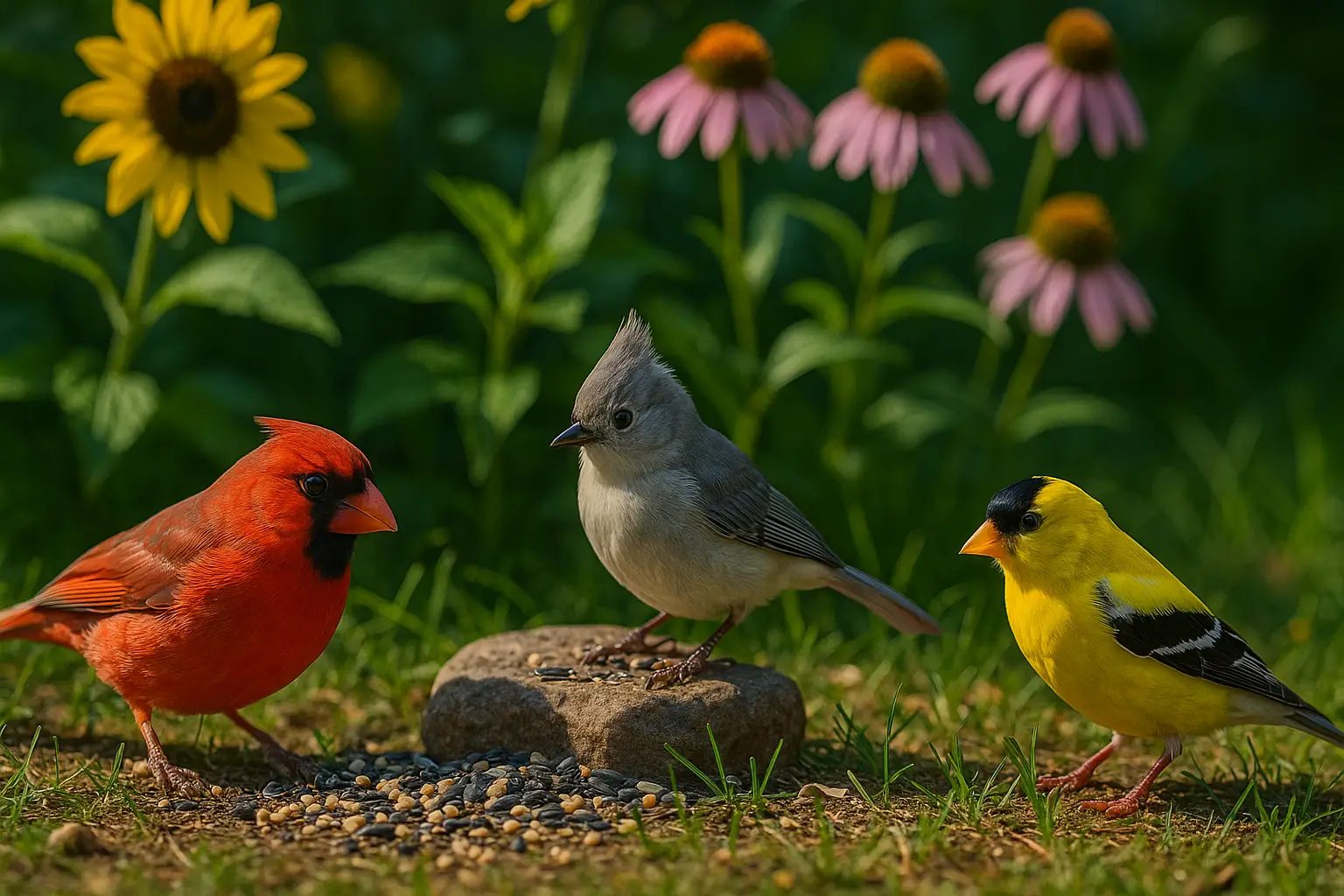Why Do White Cockatiels Love Small, Enclosed Spaces Like Your Pocket?

Bird owners often notice their cockatiels squeezing themselves into drawers, under cushions, or even inside their humans’ pockets. If you’re a white cockatiel owner, you’ve probably seen your feathery friend wiggle into small, tight spaces with surprising enthusiasm. But why do they do this?
Let’s explore the fascinating behavior behind this adorable — yet sometimes puzzling — trait.
It’s in Their Nature: Instincts From the Wild
In the wild, cockatiels originate from Australia, where they are prey animals. As a result, they have evolved to seek out safe, hidden places where they can rest without being exposed to predators.
Enclosed spaces provide a sense of security, making the bird feel protected and calm. When your white cockatiel dives into your pocket, it’s not just being cute — it’s acting on deeply rooted natural instincts.
Nesting Behavior: Especially Common in Females
This behavior can also be linked to nesting instincts, particularly in female cockatiels. When a female feels comfortable and safe in her environment, she might begin looking for a “nest-like” spot. Pockets, drawers, and small boxes mimic the dim, warm, and tight spaces that cockatiels prefer for nesting in the wild.
If your female cockatiel is entering sexual maturity, this behavior may increase. She might even become territorial over her chosen spot.
Comfort and Warmth
Your pocket is soft, warm, and smells like you — and that’s very comforting to your bird. Cockatiels form strong bonds with their owners, and they find physical contact soothing. For a white cockatiel, climbing into your hoodie or pocket is like getting a comforting hug.
This can be especially true if the bird is feeling anxious or tired. In that moment, your body becomes a cozy hideaway.
Curiosity and Playfulness
Cockatiels are highly intelligent and curious birds. They love to explore and investigate everything around them. Small spaces can be exciting for them — like an adventure.
They might poke their heads into your bag, sleeve, or pocket just to see what’s in there. This is completely normal, playful behavior, especially in younger birds.
Hormonal Triggers
During breeding season or when hormones are high (even if they aren’t breeding), cockatiels might show increased interest in dark, tight areas. These spots may simulate the perfect nesting environment, triggering hormonal behavior that leads them to seek out those spaces.
If this becomes obsessive or your bird becomes aggressive when disturbed, it might be a sign that hormones are heavily influencing this behavior.
Should You Be Concerned?
In most cases, this behavior is completely harmless and even endearing. However, there are a few things to keep in mind:
1. Avoid Trapping Hazards
Make sure your cockatiel can easily get in and out of wherever they’re hiding. Avoid letting them play in tight drawers, inside couch cushions, or anywhere they could get stuck or injured.
2. Watch for Territorial Aggression
If your cockatiel becomes overly protective of a spot — biting when you try to remove them — it could be a sign of hormonal behavior. If this escalates, you may need to limit access to nest-like areas temporarily.
3. Monitor for Overheating
Pockets and sleeves are warm — sometimes too warm. Watch for signs of overheating, such as open-mouth breathing or droopy posture.
How to Channel This Behavior Safely
If your white cockatiel loves small spaces, consider giving them a safe alternative to play or rest in. Here are a few ideas:
- A small bird tent or snuggle hut
- A cardboard box with soft paper inside
- A bird-safe foraging tube or play tunnel
- A perchable corner with a cloth canopy
Just make sure anything you offer is safe, easy to clean, and supervised during use.
Final Thoughts: A Sign of Trust and Comfort
When your white cockatiel curls up in your pocket, it’s not just being funny or mischievous — it’s expressing trust and seeking comfort. This behavior is a compliment to you as an owner. It means your bird sees you not only as a friend, but as a safe space in a big world.
Embrace the moment (carefully), and always prioritize your bird’s safety and well-being. Creating a secure, stimulating environment helps your cockatiel thrive — whether inside your pocket or out exploring the world.



Post Comment